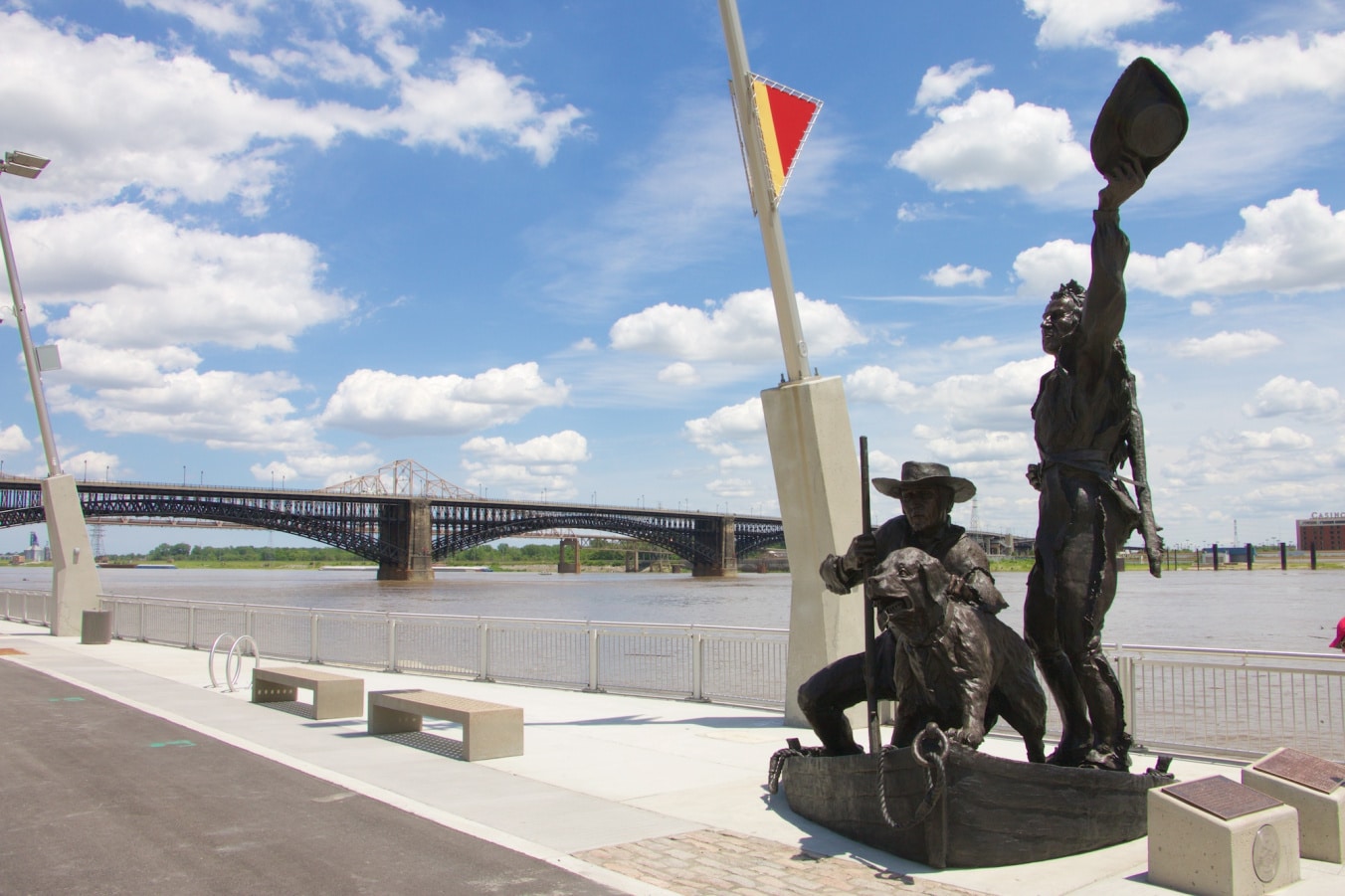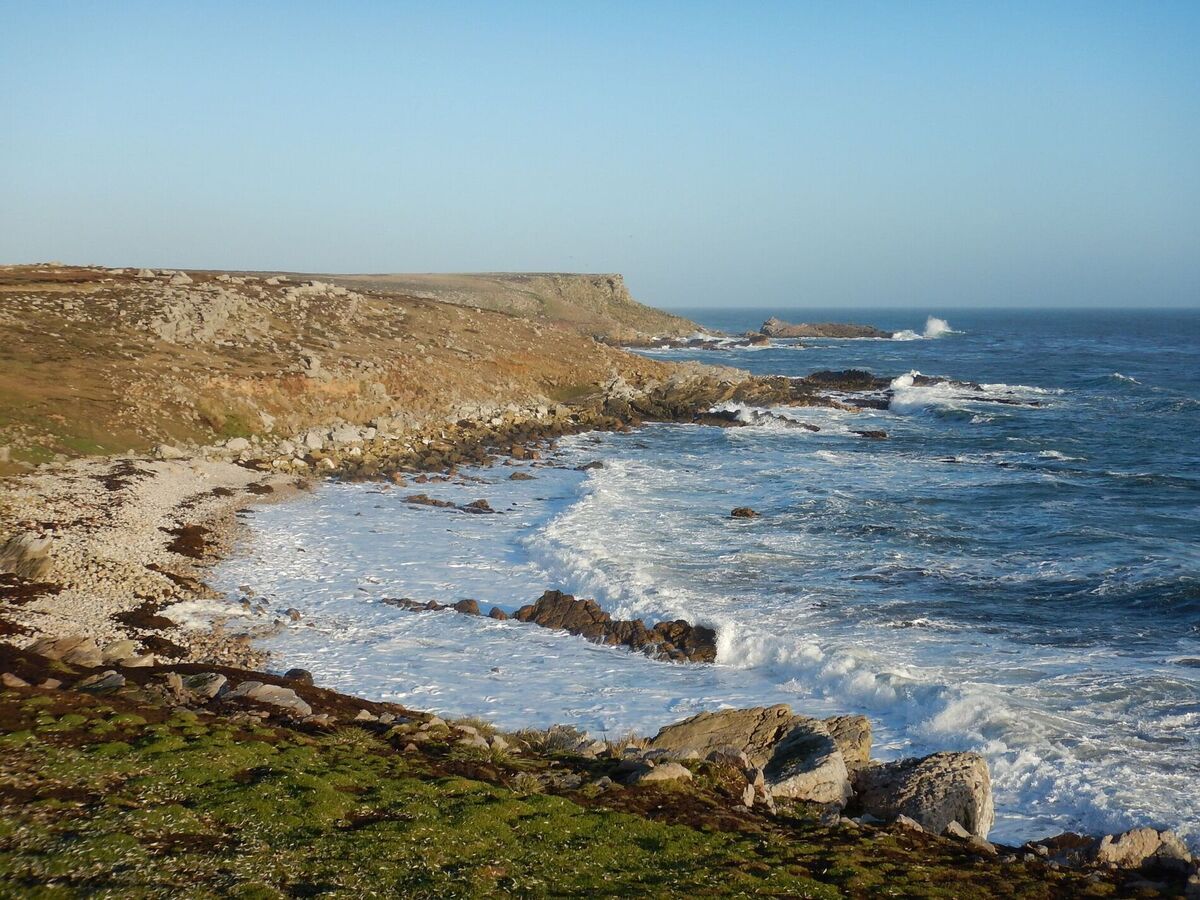
Ever wondered about the epic adventure of Lewis and Clark? Well, you're in for a treat! This dynamic duo, along with their courageous team, embarked on an expedition that's the stuff of legends. Their journey across the American continent not only mapped the unknown but also brought to light countless wonders of the natural world. From encountering diverse wildlife to forging alliances with Native American tribes, their adventure was nothing short of extraordinary. Did you know they were guided by a remarkable woman named Sacagawea? Yes, her invaluable knowledge and skills were key to the success of this monumental expedition. So, buckle up as we dive into 27 great fun facts about Lewis and Clark that will surely spark your curiosity and maybe even inspire your next adventure!
Who Were Lewis and Clark?
Meriwether Lewis and William Clark were American explorers famous for their expedition across the newly acquired western portion of the United States, following the Louisiana Purchase. Commissioned by President Thomas Jefferson in 1804, their journey aimed to explore and map the unknown territories, establish trade with Native American tribes, and assert United States sovereignty over the land.
The Start of an Epic Expedition
-
The Lewis and Clark Expedition, also known as the Corps of Discovery Expedition, began on May 14, 1804, when the team set out from St. Louis, Missouri, making their way westward.
-
Their journey covered over 8,000 miles in total, traversing through areas that would later become 11 states.
Encounters with Native American Tribes
-
Throughout their expedition, Lewis and Clark met nearly 50 Native American tribes. Some of these encounters were peaceful exchanges of goods and information, while others were tense.
-
Sacagawea, a Shoshone woman, joined the expedition as an interpreter and guide. Her presence and linguistic skills were invaluable, especially in negotiations with Native tribes.
Discoveries and Challenges
-
The expedition made significant contributions to the United States' knowledge of natural history. They documented over 300 new species of animals and 178 plants.
-
Navigating the Missouri River was one of the most challenging parts of their journey. The team had to deal with harsh weather, difficult terrain, and the threat of attacks from animals and hostile tribes.
The Pacific Ocean at Last
- On November 7, 1805, Lewis and Clark reached the Pacific Ocean, their primary goal. This momentous occasion marked the first time American explorers had traveled overland from the Atlantic Ocean to the Pacific.
Return Journey and Legacy
-
The expedition returned to St. Louis on September 23, 1806, to much acclaim. Their journey had lasted over two years, during which they had gathered valuable geographic, biological, and ethnographic data.
-
Lewis and Clark's expedition paved the way for westward expansion in the United States. Their maps and journals provided a wealth of information that encouraged fur trade and settlement.
-
Sadly, Meriwether Lewis died just three years after the expedition under mysterious circumstances, while William Clark went on to serve in various governmental roles, including Governor of the Missouri Territory.
Fun Facts Beyond the Expedition
-
Lewis and Clark were among the first to document the grizzly bear, noting its ferocity and strength, which was far beyond what they had anticipated.
-
They also encountered prairie dogs for the first time and sent a live one back to President Jefferson, who was fascinated by the new species.
-
The expedition consumed over 200 dogs during their journey. In areas where game was scarce, dogs were a vital source of protein.
-
Sacagawea's baby, Jean Baptiste Charbonneau, traveled with the expedition from the age of two months. He would later visit Europe and learn multiple languages.
-
The Corps of Discovery's only casualty was Sergeant Charles Floyd, who died of what is believed to have been acute appendicitis. He was the first U.S. soldier to die west of the Mississippi River under the American flag.
-
Lewis and Clark's detailed journals included descriptions of Native American cultures, wildlife, and landscapes, some of which no longer exist in their natural form due to urban development and environmental changes.
-
The expedition used a variety of boats, including pirogues and a keelboat, which were essential for navigating the rivers and carrying their supplies.
-
A vote held during the expedition to decide where to camp for the winter included Sacagawea and York (Clark's African American slave), marking an early instance of women and African Americans participating in a U.S. military decision.
-
The Lewis and Clark Expedition was initially considered a failure by some because it did not discover a direct water route across the continent, known as the Northwest Passage. However, its long-term contributions to the expansion and knowledge of the American frontier were invaluable.
-
Despite the dangers and hardships, the expedition lost only one member, demonstrating remarkable survival skills and leadership by Lewis and Clark.
-
The journals kept by Lewis and Clark were not fully published until nearly a century after the expedition, revealing the extent of their discoveries to the world.
-
The Lewis and Clark National Historic Trail spans over 4,900 miles, allowing modern adventurers to follow in the footsteps of these pioneering explorers.
-
Their journey inspired countless other expeditions and significantly contributed to the myth of the American West as a land of endless opportunity and adventure.
-
The use of "peace medals" given to Native American chiefs was a strategic move by Lewis and Clark to establish friendly relations and assert U.S. sovereignty.
-
The expedition's encounters with wildlife included not only grizzly bears but also bison, elk, and wolves, providing a glimpse into the rich biodiversity of the American West before widespread settlement.
-
Lewis and Clark's route is now a popular subject for historians, adventurers, and anyone interested in the early exploration of the United States.
-
Their expedition remains one of the most celebrated and studied events in American history, symbolizing the spirit of exploration and discovery that defines the United States.
A Final Glimpse at Lewis and Clark's Remarkable Expedition
Lewis and Clark's expedition stands as a monumental chapter in American history, showcasing the spirit of exploration and discovery. Their journey, filled with challenges and triumphs, not only mapped the unknown but also bridged diverse cultures and expanded scientific knowledge. From encountering new animal species to establishing relations with Native American tribes, their contributions are invaluable. As we reflect on their adventures, it's clear that their legacy goes beyond the miles they traveled. It's a testament to human curiosity, resilience, and the unending quest for understanding our world. Let's carry forward their spirit of exploration, reminding ourselves that there are always new horizons to explore and mysteries to unravel. Lewis and Clark's expedition, indeed, is a story of courage, discovery, and the enduring quest for knowledge.
Was this page helpful?
Our commitment to delivering trustworthy and engaging content is at the heart of what we do. Each fact on our site is contributed by real users like you, bringing a wealth of diverse insights and information. To ensure the highest standards of accuracy and reliability, our dedicated editors meticulously review each submission. This process guarantees that the facts we share are not only fascinating but also credible. Trust in our commitment to quality and authenticity as you explore and learn with us.


